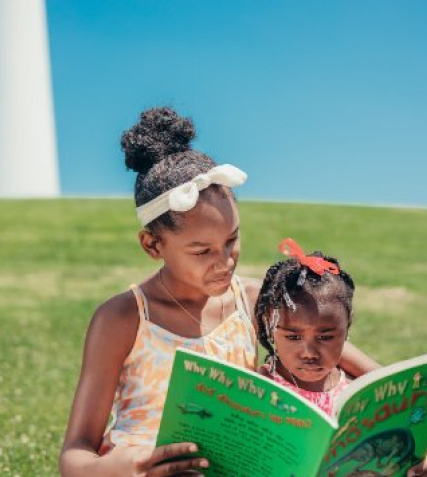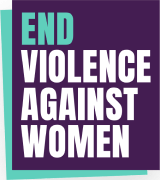
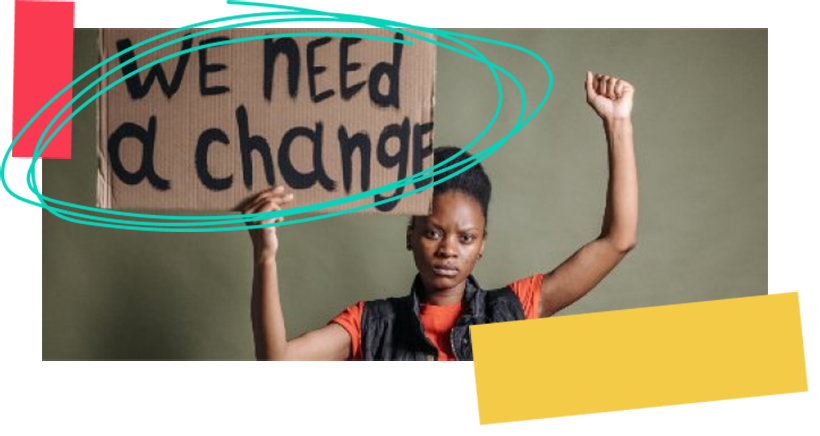
Violence against women and girls (VAWG) is any form of violence disproportionately perpetrated by men against women and girls. It is deeply linked to women’s inequality and includes sexual violence, domestic abuse, stalking and harassment, female genital mutilation, forced marriage and so-called ‘honour-based’ abuse, exploitation and abuse of women and girls in online spaces.
VAWG has a huge impact on us as individuals and as a society – hindering progress towards gender equality. But while it is an almost universal experience for women and girls everywhere, our experiences of VAWG are not the same – they are shaped by our other identities and characteristics. Women who face other forms of inequality as a result of their race or ethnicity, wealth or social class, religion, sexuality, gender identity, disability, mental health or age are more likely to experience violence and less likely to access justice and support.
Violence against women is a violation of
women’s fundamental human rights:
- The right to life
- The right not to be tortured or treated in an inhuman and degrading way
- The right to respect for private and family life (including the right to physical and psychological integrity)
- The right not to be discriminated against
Women’s rights to be free from violence are set out in a number of international legal standards and agreements, as well as national law in the UK:
A different world is possible
EXPLAINING DIFFERENT FORMS OF MALE VIOLENCE
Sexual violence
Sex without consent is rape. Consent can only be given by someone who has the freedom and capacity to make that choice. For example, a person who is under the influence of alcohol or drugs may not be able to consent to sex or sexual activity. The term sexual assault is used to describe many different forms of sexual violence – any sexual act or activity that took place happened without consent. Read more
Domestic abuse
Domestic abuse is when a partner, ex-partner, family member or carer engages in a controlling, coercive, threatening, degrading or violent behaviour, including sexual violence.
‘Honour-based’ abuse, forced marriage and FGM
Honour-based abuse consists of practices used predominantly to control the behaviour of women and girls within families or other social groups in order to protect supposed cultural and religious beliefs, values and social norms in the name of ‘honour’.
Trafficking and exploitation
Trafficking is the transportation, transfer, harbouring or receipt of a person across national borders or within a country
for the purpose of exploitation. In adult victims, it entails use of force, coercion, abduction, deception, abuse of power or vulnerability or payments.
Online abuse
Online abuse includes cyberstalking, sexual harassment, grooming for exploitation or abuse, image-based sexual abuse (so called ‘revenge porn’), rape threats, doxxing of women’s personal information, tech abuse in intimate partnerships, and much more.
Stalking and sexual harassment
Stalking is a pattern of persistent and unwanted attention that makes you feel pestered, scared, anxious or harassed. It includes persistent unwanted communication, damaging property, repeatedly following or spying on you and threats. Sexual harassment is any unwanted sexual behaviour that makes you feel upset, scared, offended or humiliated, or is meant to make you feel that way. It is a type of sexual violence that can take place in person in public or private places, over electronic devices or in online spaces, by a stranger or someone you know.
97% of women aged 18-24
have experienced some form of harassment in public.
Femicide
Femicide is a term used to describe the murder of women, usually by men. The vast majority of women who are murdered are killed by a current or former partner, or by someone known to them, rather than a stranger.
A woman is killed by a man every
3 days
2 women
every week
are killed by a current or ex-partner and other close relative.
If you have been affected by violence against women and girls
please click here
OUR STORY
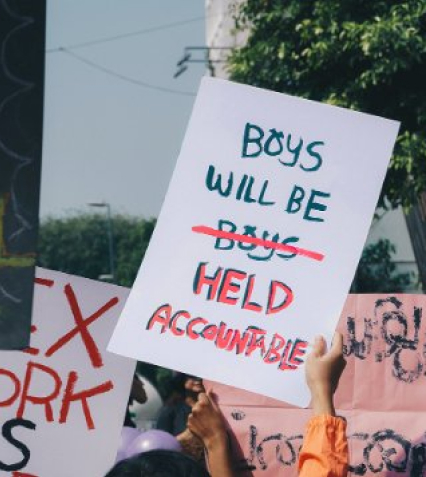
Preventing abuse
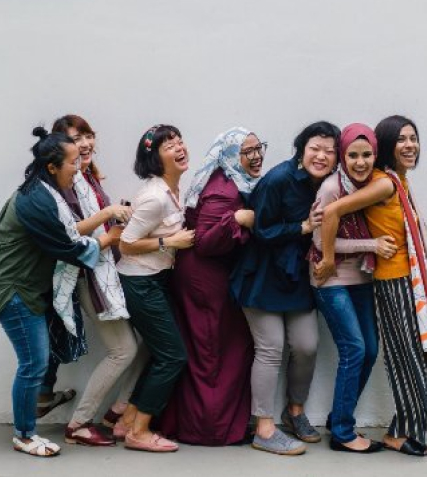
Supporting women and girls
